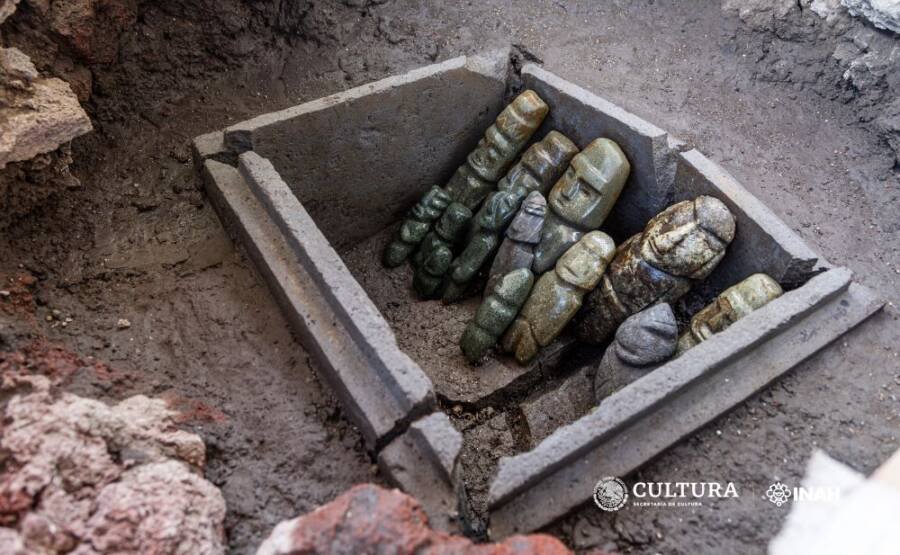We have heard of a war called the ‘War between the Asuras and the Asuras’. Some historians say that this war was fought between the Babylonians and the Assyrians. But there is not enough evidence to support that view.
The Assyrians were fierce men. Were masters of war tactics. They were the first to use iron weapons in warfare. Iron weapons were much stronger than the brass weapons before them. Their kingdom spread all over the world because of these powerful weapons. These weapons were as powerful as an atomic bomb today.
The torture inflicted on the captured enemies is endless. They made people sit on a thorn. The skin ‘salvation’ of the whole body of the enemy was also one of their methods of punishment. These were very painful deaths.
Many countries had to retreat in the face of the brutality and strength of the Assyrian forces. Some of them are countries like Egypt, Syria and Iran. The Conflict of the Assyrians with the Syrians It is doubtful whether the ‘Sura’ [Syrians] and the ‘Asura’ [Assyrians] or the Sura-Asura War took place.
Somehow these wars and armies were led by the then kings like Sargon II and Sennacherib and Asurbanipal. King Asurbanipal is said to have found and preserved ancient texts in Babylonia at that time. Details about King Sennacherib are also found in the Old Testament.
The Assyrians built beautiful cities and huge stone statues. They are said to have fought face to face with lions. Accordingly, the folklore of those heroes came into being. For some reason they carved images with the body of a lion and a human body.
By this time they also had the ability to make more durable ceramics by burning clay tablets. They were also able to create them in a variety of colors. There they wrote letters on those clay tablets. Along with this is a picture of a clay ball with letters drawn on it. Do you accept that it is a death notice? It is a letter written by a priest to a king that his son had died in a war.
It was not easy to rule a kingdom with such a large territory. Because they were a warlike nation, they did not care much about peace. As a result, the Assyrian regime gradually weakened. Here again the Babylonians as well as the ‘Meads’ of Persia became powerful. Those returning Babylonians were called ‘Neo-Babylonians’.
Meanwhile, the Chaldeans, a desert tribe, also gradually increased in size between the Euphrates and Tigris rivers. They too were with the Babylonians mentioned above. These Chaldeans were most famous religiously. Eventually the surrender of the Assyrians came to the end of another unique civilization.
It is said that Nebuchadnezzar, a later king, built more and more beautiful buildings during his reign. The city known as the ‘Hanging Garden’ of Babylon for a long time
Named the ‘Seven Wonders of the Ancient World’.
Astronomy was one of the world’s greatest gifts from the Chaldeans who were with the Neo-Babylonians. One of the reasons they were interested in gaining that knowledge was to make predictions based on astrology. For the first time, they divided the equator into 360 parts and separated the constellations.
The constellations discovered by the Chaldeans were later further developed by the Greeks. Nineveh, the capital of Assyria, was conquered by the Chaldeans in 606 BC, and astronomy is thought to have begun after that time. But even before that, the Egyptians had a good knowledge of the stars.
[Note: – Another book states that it was conquered by the Persians and not by the Chaldeans. The role of the Chaldeans here is astronomical. It states that it was limited to astrology and religion.]
This is because the Great Pyramid of Egypt was built in 2560 BC. Somehow their New Year Day was not on January 1, which we celebrate today.
This empire was there for a while. That is, in 539 BCE, King Cyrus of Persia invaded Babylon and conquered it. The Babylonian, Assyrian, and Chaldean groups belong to the Semitic race. This Semitic genus includes Jews and Arabs.
But keep in mind that Iran, or the ancient Persians, were Aryans.
It seems that different human races have come forward to subdue each other. In fact, the small plant of ‘human origin’ is now becoming a tree with many branches. So in the next article we will look at these Iranians and Turks who were such an important branch in discussing ‘human origin’.








